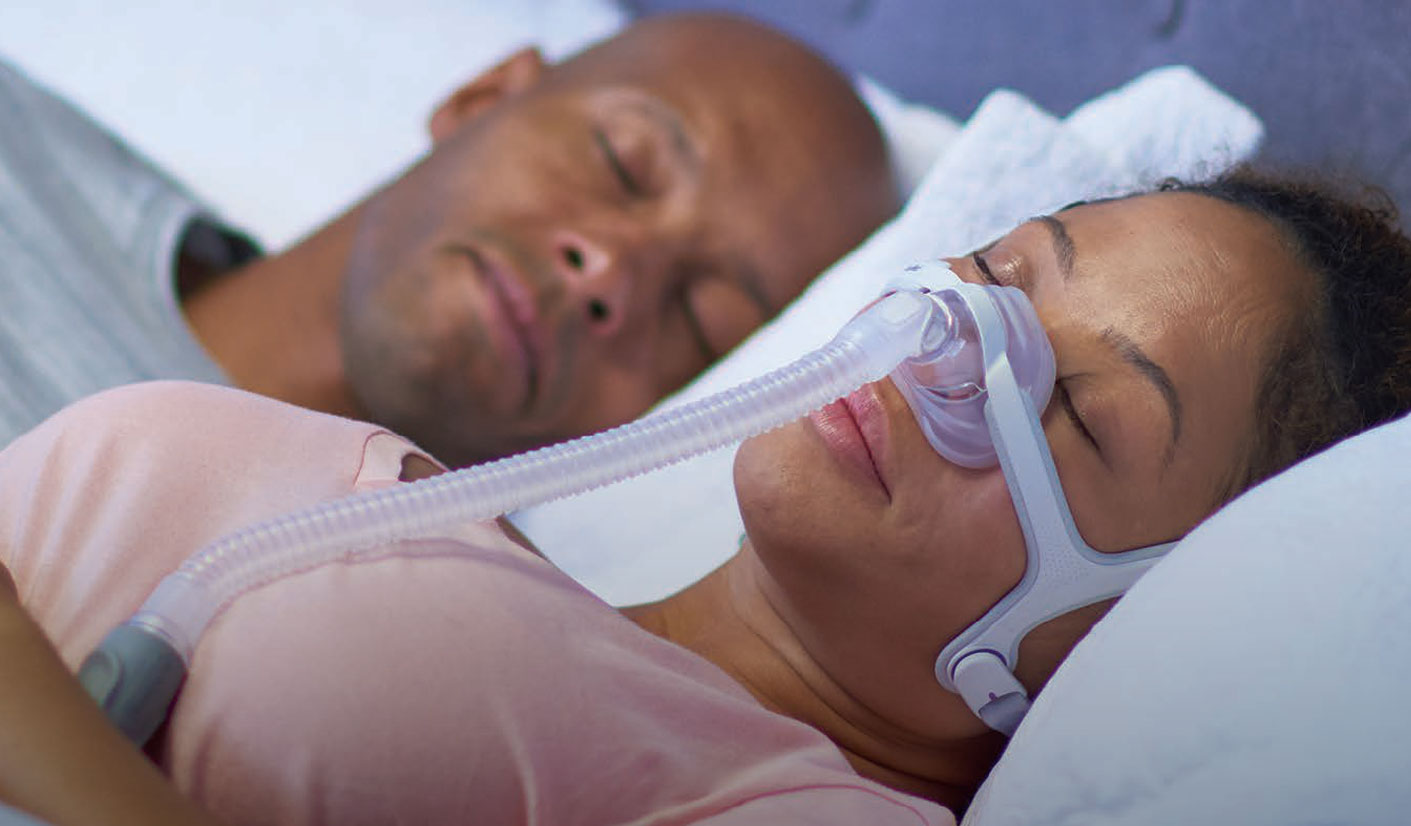Call Us +91 9709159756 | 7004745326
"Dream Deep, Breathe Better – Your Gateway to Restful Nights and Refreshed Mornings."
Call Us +91 9709159756 | 7004745326

Obstructive Sleep Apnea (OSA) is a sleep disorder characterized by repeated episodes of partial or complete obstruction of the upper airway during sleep, leading to reduced or completely stopped airflow. These episodes typically result in interrupted sleep and decreased oxygen levels in the blood. OSA is often accompanied by loud snoring, gasping, or choking sounds as the individual briefly wakes up to reopen the airway.
Symptoms of OSA include:
Loud and chronic snoring
Episodes of breathing cessation during sleep (observed by another person)
Abrupt awakenings with gasping or choking
Excessive daytime sleepiness (hypersomnia)
Morning headache
Difficulty concentrating
Mood changes, such as irritability or depression
Dry mouth or sore throat upon awakening
Excess weight or obesity
Narrowed airway (due to enlarged tonsils or adenoids)
Hypertension (high blood pressure)
Chronic nasal congestion
Smoking
Diabetes
Male gender
Older age
Family history of sleep apnea
Polysomnography (Sleep Study): The most comprehensive test for diagnosing OSA. It involves an overnight stay at a sleep center where various physiological parameters are monitored. Home Sleep Apnea Testing (HSAT): An alternative diagnostic method that can be conducted in the patient’s home using portable monitoring devices. Treatment and Management:
Lifestyle Changes:
Weight loss
Avoidance of alcohol and sedatives before bedtime
Sleeping on one’s side rather than the back
Positive Airway Pressure (PAP) Therapy:
CPAP (Continuous Positive Airway Pressure): Provides a continuous stream of air to keep the airway open. BiPAP (Bilevel Positive Airway Pressure): Offers different pressures for inhalation and exhalation, which can be more comfortable for some patients. Oral Appliances:
Various surgical procedures can be performed to remove tissue, reposition the jaw, or insert implants to keep the airway open, such as uvulopalatopharyngoplasty (UPPP), genioglossus advancement, and maxillomandibular advancement (MMA). Additional Treatments:
Positional Therapy: Techniques or devices to encourage sleeping on the side. Nasal Expiratory Positive Airway Pressure (EPAP): Disposable adhesive valves placed over the nostrils to help maintain airway patency. OSA is a serious condition that can lead to significant health problems if left untreated, including cardiovascular issues (such as hypertension, heart disease, and stroke), diabetes, and increased risk of accidents due to daytime sleepiness. Effective management of OSA can greatly improve the quality of life and overall health of affected individuals
A sleep test, also known as polysomnography, is a comprehensive overnight examination that monitors various physiological parameters while you sleep to diagnose sleep disorders like OSA, insomnia, restless legs syndrome, and narcolepsy.
During a sleep test, sensors are attached to your body to record brain activity (EEG), eye movements (EOG), muscle activity (EMG), heart rate (ECG), breathing patterns, oxygen levels in your blood, and body movements. This data is collected and analyzed to identify any abnormalities in your sleep patterns.
Follow your regular daily routine as closely as possible, but avoid caffeine and alcohol on the day of the test. Bring comfortable sleepwear, any medications you take regularly, and something to read or do before you go to sleep. It's also helpful to wash your hair and avoid using any hair products, as this can improve the adhesion of sensors.
While the presence of sensors and wires can be a bit uncomfortable initially, most people adjust quickly and are able to sleep reasonably well. The sleep lab environment is designed to be as comfortable and home-like as possible.
Yes, but you should inform the sleep specialist about all medications you are taking. Some medications can affect sleep, and the specialist may provide specific instructions based on your health needs.
HSAT is an alternative to in-lab polysomnography for diagnosing sleep apnea. It uses portable monitoring equipment to collect data on your breathing, oxygen levels, and heart rate while you sleep in your own bed at home. It’s generally used for patients with a high probability of moderate to severe sleep apnea.
The setup process typically takes about an hour. The test itself usually runs through your entire night's sleep, typically around 6-8 hours.
Most insurance plans cover sleep tests, but coverage can vary. It's important to check with your insurance provider to understand what is covered under your plan.
The data collected during the sleep test needs to be analyzed by a sleep specialist. You can typically expect to receive your results within one to two weeks after the test.
If you are diagnosed with a sleep disorder such as OSA, the sleep specialist will discuss treatment options with you. Treatment may include lifestyle changes, CPAP or BiPAP therapy, oral appliances, or surgery, depending on the severity of the condition and individual patient factors.
Yes, children can also undergo sleep tests if they exhibit symptoms of sleep disorders. Pediatric sleep studies are tailored to meet the needs of children and are conducted in a child-friendly environment.
Sleep tests are non-invasive and generally very safe. The primary discomfort comes from the attachment of sensors and the unfamiliar environment, but there are no significant risks involved. These FAQs provide a general overview, but for specific concerns and instructions, it’s always best to consult with the sleep center or your healthcare provider.